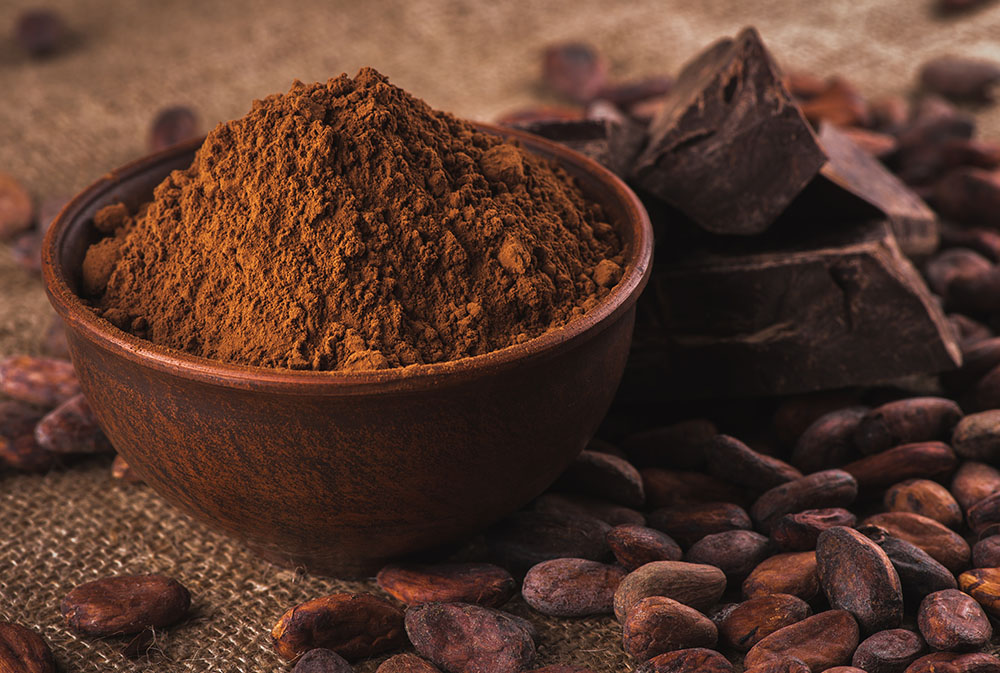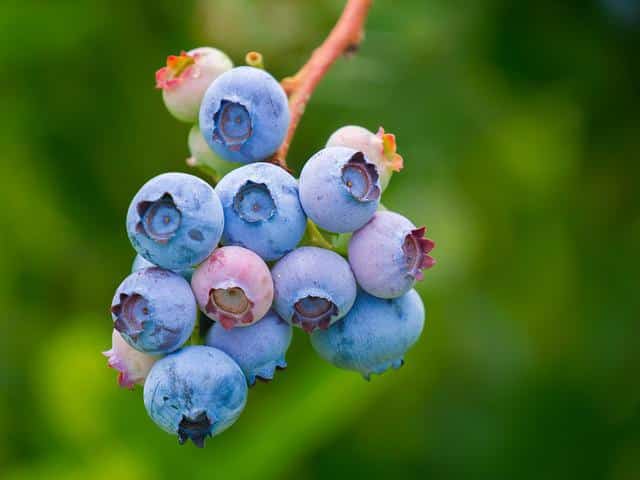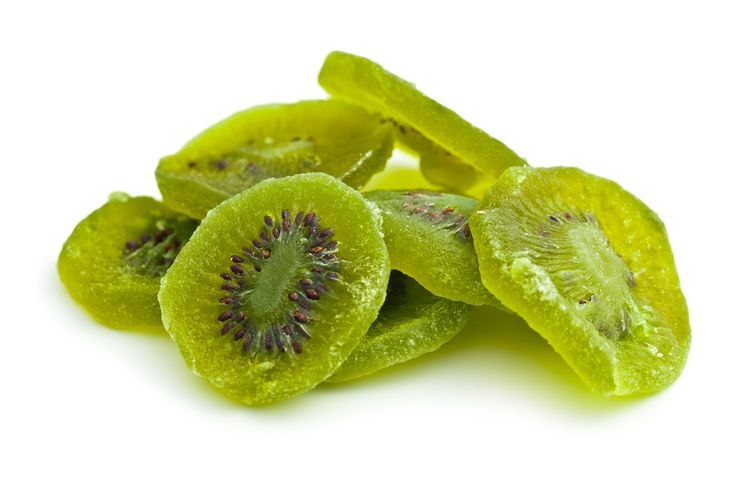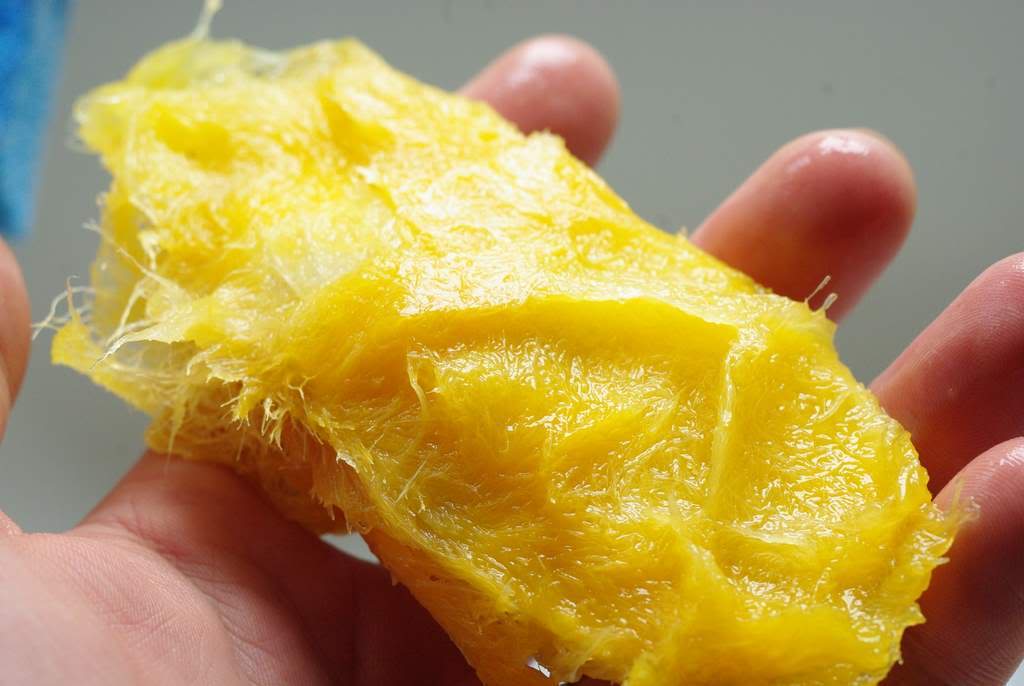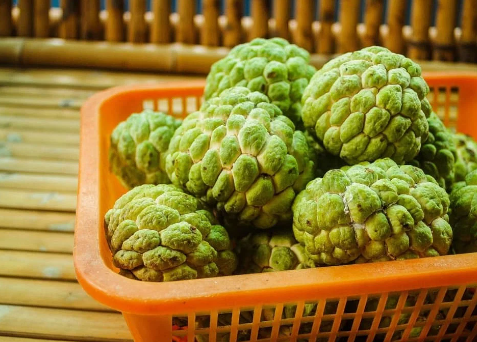Red wheat and white wheat are two well-known types of wheat. They are different in many ways, including how they taste and how they grow. Knowing about these differences can help you choose the right type of wheat for your recipes and dietary needs.
In this detailed guide, we’ll explore everything about red wheat and white wheat. We’ll look at what nutrients they have, what they taste like, where they grow best, their uses in the kitchen, health benefits, and much more.
Table of Contents
- What is Red Wheat?
- What is White Wheat?
- Growing Conditions and Varieties
- Flavor and Texture
- Nutritional Comparison
- Uses of Red Wheat
- Uses of White Wheat
- Health Considerations
- Availability and Market Demand
- How to Choose Between Red and White Wheat
- Tasty Recipes with Red Wheat and White Wheat
- How Growing Wheat Affects the Environment
- Final Thoughts
What is Red Wheat?
Red wheat has a reddish color. It is used mostly for its grain, which has lots of good stuff for your body and a strong taste.
This type of wheat tastes a bit nutty and earthy. Red wheat is darker with a reddish-brown bran, but the inside part and the germ are usually pale.
As for its nutrient value, red wheat is packed with fiber, protein, vitamins, and minerals. This kind of fiber is great for your digestive system, helps you stay full, and helps keep your blood sugar steady.
What is White Wheat?
White wheat is lighter in color than red wheat and has a gentler taste.
It has a light-colored bran and the inside, including the germ, is also pale. White wheat doesn’t have as much fiber as red wheat, but it’s still full of good nutrients.
When baking, many people like white wheat because it has a soft taste that doesn’t overpower other flavors. It gives pastries, bread, and cakes a light texture. Eating white wheat can still be a healthy choice because it contains important nutrients.
Growing Conditions and Varieties
Red wheat and white wheat need different things to grow well.
Red wheat likes cooler weather. It grows best in places that are not too hot, with good soil that drains well and just the right amount of rain. Some kinds of red wheat include Hard Red Winter, Hard Red Spring, and Soft Red Winter.
White wheat is more adaptable to different climates. It can grow in cool and hot places. Like red wheat, it also prefers soil that drains well and needs enough water. Varieties of white wheat are Hard White Winter, Hard White Spring, and Soft White.
Flavor and Texture
Red wheat and white wheat don’t taste or feel the same when you eat them.
Red wheat’s flavor is stronger, which makes it stand out in recipes. Its texture is a bit heavier and more chewy than white wheat.
White wheat tastes sweeter and is not as strong as red wheat. It’s also softer and works well in recipes that need a light, tender touch. Its subtle flavor lets the rest of the ingredients in a dish really shine.
Nutritional Comparison
Both red and white wheat are nutritious, but they have some small differences.
They both have carbs, protein, and a little bit of fat. Red wheat usually has more fiber, so it might be the better choice if you want more fiber in your diet.
They both have important vitamins and minerals like B vitamins (thiamine, niacin, and folate) and minerals like iron, magnesium, and zinc. The exact amounts of these nutrients can be a little different in red and white wheat.
Uses of Red Wheat
Red wheat is often used in whole wheat bread, pasta, and tortillas because of its strong flavor and healthy nutrients. It’s also used in cakes, muffins, and cookies, where it adds a rich, nutty taste
Uses of White Wheat
White wheat is perfect for lighter-tasting baked goods, like white bread, rolls, pastries, and cakes. It helps make these foods soft and lets other flavors be the main focus of the taste.
Health Considerations
Red wheat and white wheat are both good for health in different ways.
Red wheat’s fiber is especially good for keeping your digestive system running well and helping you feel full, which can help with managing your weight.
White wheat might have a bit less fiber, but it’s still full of nutrients and can be a healthy part of your meals. It’s a good choice if you like milder-tasting wheat or if strong wheat flavors don’t agree with you.
Anyone who has a problem with gluten or who has celiac disease should steer clear of all kinds of wheat, including both red and white.
Availability and Market Demand
Both red wheat and white wheat are sold in many places.
Red and white wheat are both common grains found in stores, but some people might prefer one over the other depending on where they live and what they like to eat.
Some people choose red wheat for its stronger taste and use it in recipes from specific cultures or baking traditions. White wheat, on the other hand, is often chosen for its milder flavor in various cooking and baking recipes.
What makes people want to buy red or white wheat depends on things like cultural food choices, health trends, and how much they know about what makes these types of wheat different.
How to Choose Between Red and White Wheat
When deciding whether to use red wheat or white wheat, think about what you like and what you need for your health.
If you like a rich, nutty flavor and want more fiber in your diet, red wheat is a good choice, especially if you like whole grain foods. But if you want a softer flavor and need your baking to turn out light and fluffy, then white wheat might be better for you.
Why not try using both types of wheat in your cooking and see which one you like more? Eating whole grains, like red or white wheat, is a smart choice because they are full of good nutrients and are part of a healthy way of eating.
Tasty Recipes with Red Wheat and White Wheat
Check out some recipes that work well with red wheat and white wheat:
- Warm Salad with Red Wheat Berries and Oven-Roasted Veggies
- Homemade Whole Wheat Pizza Dough Using Red Wheat Flour
- Soft Classic White Bread Made with White Wheat Flour
- Delicious Blueberry Muffins with Red Wheat Flour
- Light and Fluffy White Wheat Pancakes with Fresh Fruit Topping
Feel free to try these recipes and make changes to fit what you need and like. Have fun with it and discover the different tastes and textures you get from red wheat and white wheat.
How Growing Wheat Affects the Environment
Thinking about how growing wheat affects the Earth is really important. Growing both red and white wheat has different effects on the environment.
Things like how much land and water are needed, whether pesticides are used, and how the soil is treated all matter when it comes to how sustainable and earth-friendly wheat farming is.
To help the planet, farmers and groups that work with agriculture are trying to use better farming methods. This includes rotating different crops in the field, using technology to grow crops more efficiently, saving water, and using natural farming methods. the environment, and you can help too! When you choose what to eat, think about the environment and how your choices can make a difference.
Final Thoughts
Red wheat and white wheat are each special in their own ways, with different tastes, textures, and health benefits.
Red wheat is well-known for its full flavor and is great for making hearty, fiber-rich grain products. White wheat has a gentler taste and is perfect for baking when you want something soft and delicate.
Each kind of wheat has its advantages and can fit into a well-rounded diet depending on what you like and what your body needs. By exploring and using red wheat and white wheat in your cooking, you can have a variety of tasty meals and get many essential nutrients.


